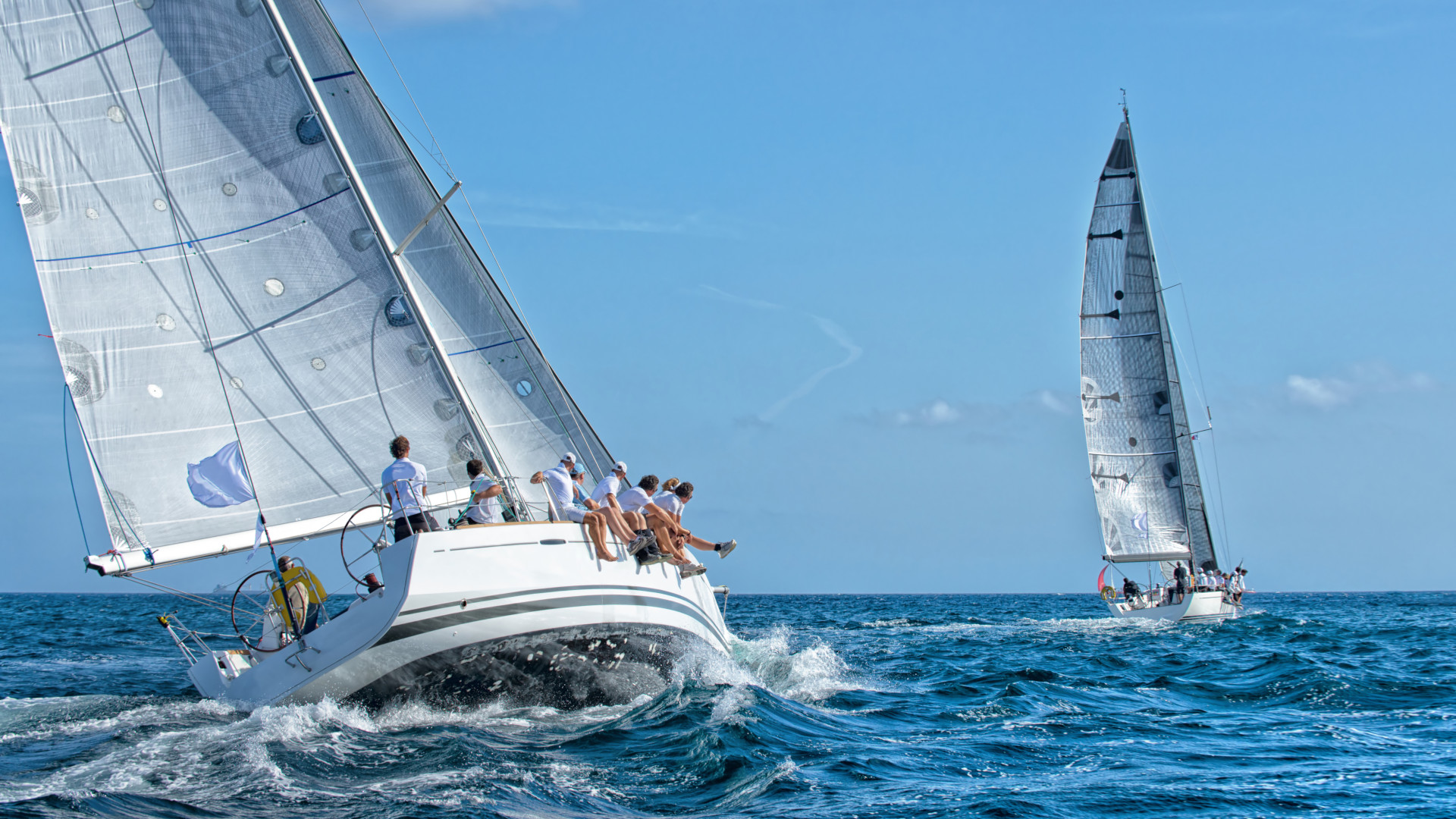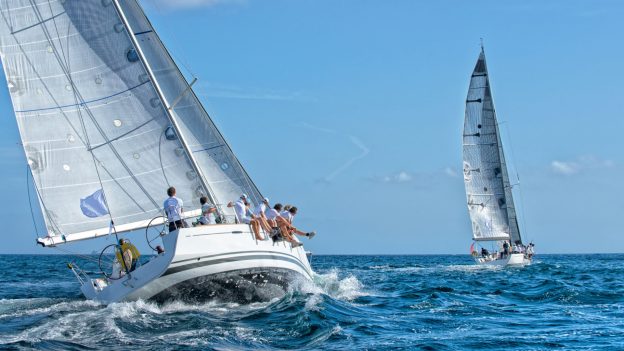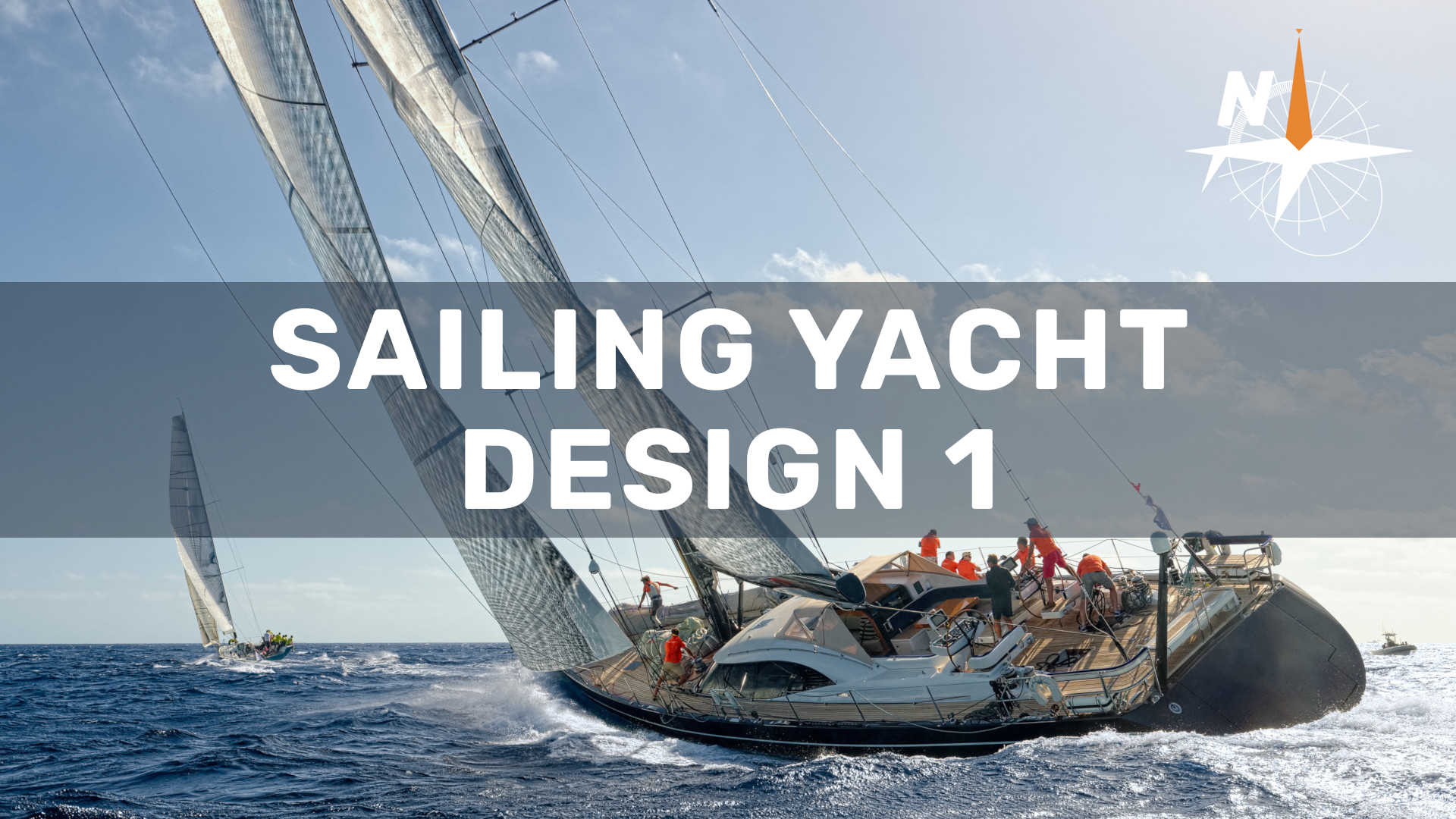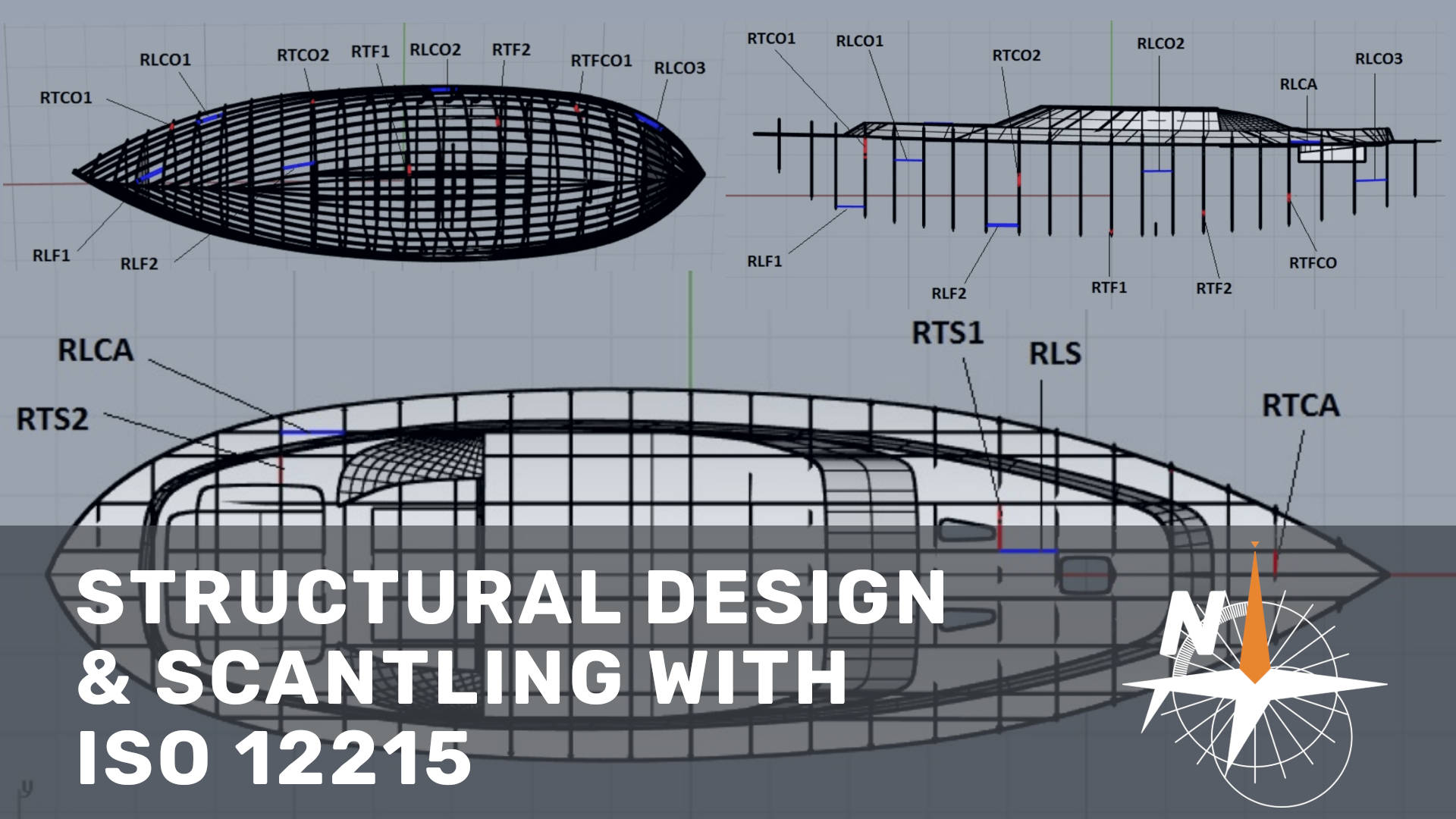Welcome!
Welcome to this course on Stability & Evaluation with ISO 12217 Standard.
What will you learn?
After completing the course, you will deeply understand ship stability in the context of yachts and small craft and how to apply this knowledge to use the ISO 12217 Standard, “Small craft — Stability and buoyancy assessment and categorization,” Part 2, “Sailing boats of hull length greater than or equal to 6 m.”
The course is structured into three different sections:
- Stability Theory
- ISO 12217 (focus on Part 2)
- Example
– Stability Theory
This section focuses on familiarizing you with the theoretical aspects of stability.
With that aim in mind, the instructor explains here concepts such as hydrostatics, initial stability, large angle stability, factors influencing stability, and dynamic stability, all of them necessary to master ship stability.
The knowledge acquired in this section will allow you to tackle with confidence sections 2 and 3 of the course.
– ISO 12217
In part two, the instructor explains the ISO 12217 standard looking at the different requirements for each of the design categories established for boats.
– Example
The course ends with an example: a complete evaluation of an “A” design category sailing yacht, where the instructor will guide you throughout the full assessment.
Note: when discussing ISO 12217, this course focuses on Part 2, i.e., “Sailing boats of hull length greater than or equal to 6 m.”

ISO 12217. Small craft — Stability and buoyancy assessment and categorization
The ISO 12217 standard defines methods for assessing the stability and buoyancy of boats. It also specifies four design categories (A, B, C, or D) which align with those defined in the Recreational Craft Directive of the European Union, 2013/53/EU. After adequately evaluating the stability, buoyancy, overall design, and maximum load, a boat is assigned to one of these design categories.
The standard applies to vessels with a hull length less than 24 meters and has three different parts:
- Part 1: Non-sailing boats of hull length greater than or equal to 6m.
- Part 2: Sailing boats of hull length greater than or equal to 6 m.
- Part 3: Boats of hull length less than 6 m.
When discussing ISO 12217, this course focuses on Part 2,i.e., “Sailing boats of hull length greater than or equal to 6 m.”
Course organization
The course is video-based and on-demand and can be followed at the student’s own pace.
It contains videos, quizzes, and downloadable documents. Students who complete the course will obtain a Certificate.
Course students will also have access to the virtual private classroom, where they can interact with the instructor and fellow students.
– Resources:
- Video lessons.
- Lesson materials (Pdf and Excel files).
- Quizzes.
- Course Certificate
– Classroom:
– Prerequisites:
- This course explains stability and the ISO 12217 standard “Small craft – Stability and buoyancy assessment and categorization”, Part 2. The course uses mathematical notations, formulae, and equations when necessary. To follow the course, it is not necessary to have any prior knowledge of ship/boat/yacht stability. However, a technical or engineering background will help you during the journey. Also, a background in basic physics and mathematical concepts is assumed.
- A minimum Navalapp membership level of “Subscriber” (free membership) is required to enroll in this course.
RINA Endorsement
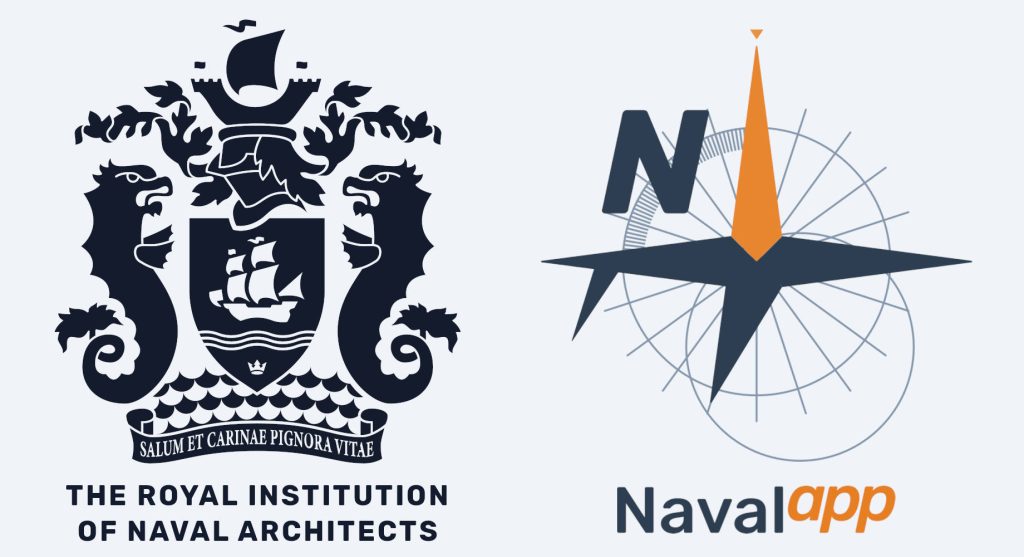
After a thorough evaluation, the Royal Institution of Naval Architects (RINA) has found that Navalapp’s course Stability & Evaluation with ISO 12217 meets the Institution’s requirements for Continuing Professional Development (CPD). Therefore, RINA has considered that the course warrants recognition and has issued a Certificate of Endorsement.
During the evaluation, RINA studied different aspects of the course, such as learning aims, content and structure, whether the information is up-to-date and factually correct, students’ evaluations of the course, the supporting information and materials, the instructors’ expertise, the method by which the students are evaluated, and Navalapp’s organization standards.


